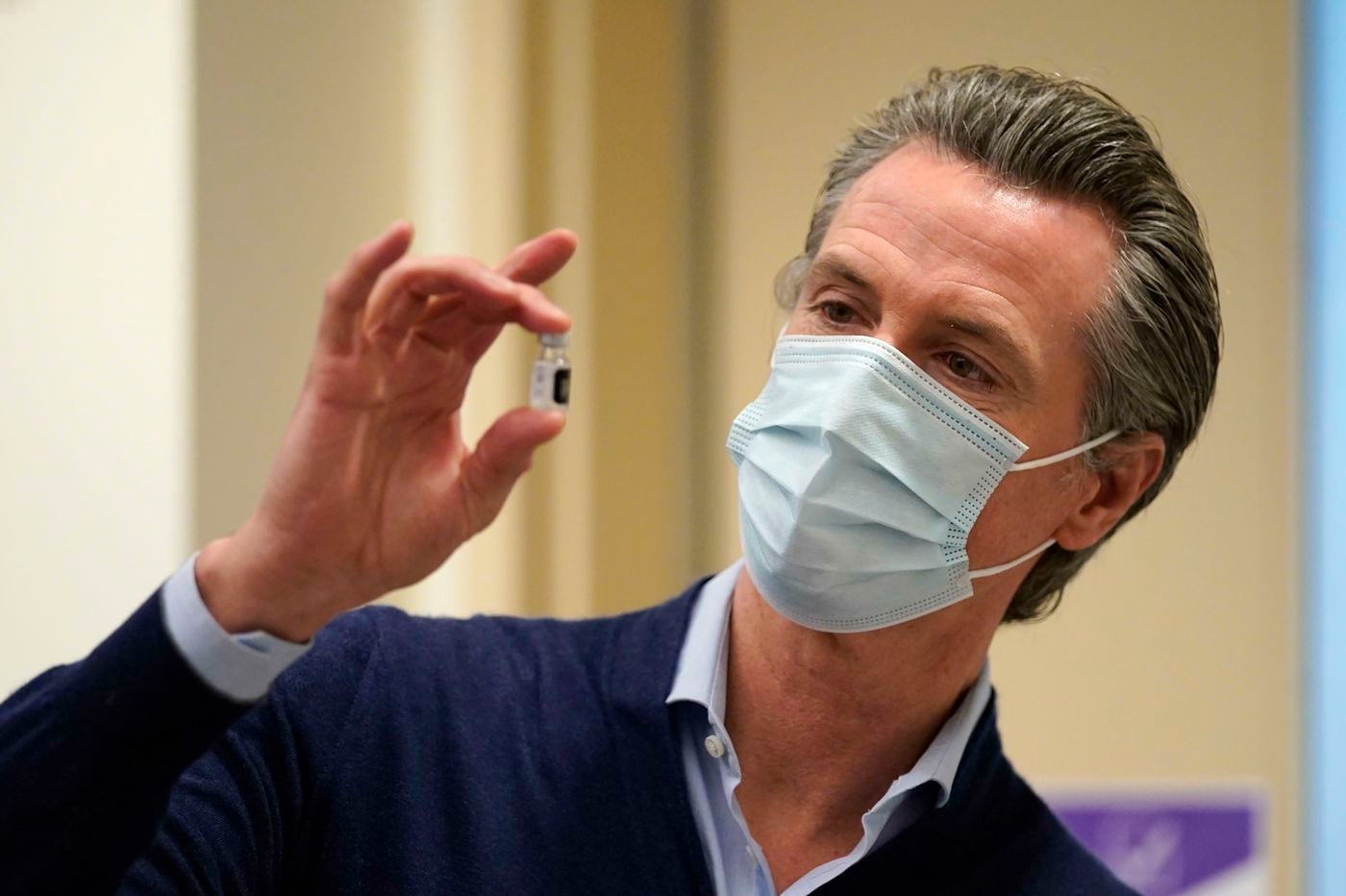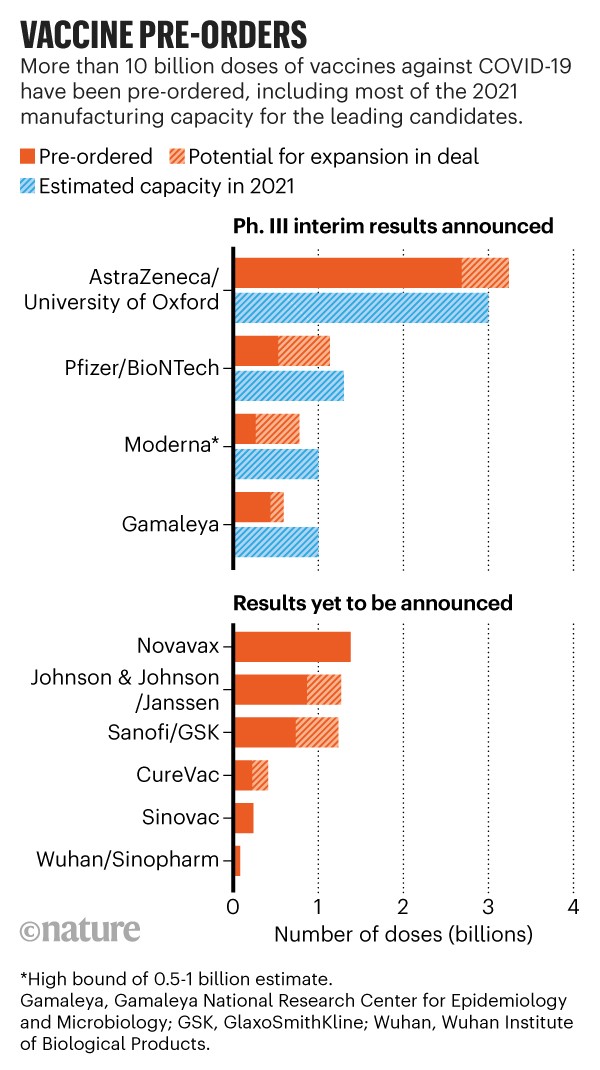https://www.nytimes.com/2020/12/23/well/live/pulse-oximeter-black.html
A NYT article about a letter to the NEJM reporting on widespread inaccuracies in the determination of blood oxygenation using pulse oximeters in black patients. Pulse oximeters, which are widely used and which home-based Covid patients use to keep track of the level of oxygen in their blood detect oxygen by shining light through the finger. Darker skin pigmentation affects the results. Oxygenated blood is bright cherry red and deoxygenated blood is darker, almost purple. Pigments are compounds that absorb light to varying extents. According to the article, the pigment in darker patients' skin "scatters the light around", reducing the signal. (When I did this with my students, one with black nail polish had an aberrant result.) This mainstay tool is used to determine how much oxygen a patient requires and whether they should be put into intensive care. There was an article in The Boston Review in August about racial disparities in pulse oximetry readings. In the article in the NYT, the reporter writes that the pulse oximeter indicated that the oxygen saturation level was between 92 and 96 percent when it was as low as 88%.
Article from the Inquirer about the new variants of Sars-CoV2 which are monopolizing the attention of the media. The hysteria in the headlines "70% more transmissible" belie the fact that the measures we are taking, some successful, some not in different cases, to avoid becoming infected and ill are the same in stopping the new variant as the strains of the virus we have been dealing with all year. And, we have dealt with other variants. The increase in transmission rate could also have been produced by human movement and random chance. Viruses mutate all of the time due to the selection pressure on the virus. Some of the mutations can make the virus more successful and some less so. Some mutations in the DNA do not produce any change in the amino acids of the viral proteins or change the viral characteristics, which include transmissibility. And only 50,000 cases in the US have had genomic sequencing of the virus. A problem would be if there is a mutation that causes a change in the amino acids in the spike protein. One reason is that the pcr, which tests for various DNA regions of the virus would not get a readout in this region, but another problem would be if the vaccines are made against the spike protein and the virus therefore evades the human immune response invoked by the vaccine. The article also quotes Susan Weiss, a coronavirus researcher at Penn. The number of mutations detected so far represent only 1% of the total 30,000 DNA bases in the virus.
https://www.nytimes.com/2020/12/23/science/covid-mink-animals.html
NYT article about the mink industry in Denmark, which killed all of its 17 million mink. Mink are the only non-human animal known to become severely ill and die from the virus. They have caught the virus from humans and passed it back. It was initially thought that the virus, which spilled over from people to minks and back seemed to carry mutations that made it more transmissible. Mink are unusual in their susceptibility to the virus. Stan Perlman, a coronavirus expert at the U of Iowa who does research with genetically engineered mice noted that ferrets, which like mink are members of the weasel family, get very mild disease, which wouldn't predict the severity of the disease in mink. The article notes that livestock kept in close proximity to humans have always been a source of disease exchange, both ways. Diphtheria, Influenza A, measles, mumps, pertussis, rotavirus, smallpox and TB are all diseases of temperate regions (like ours) that jumped to humans from animals.
NYT article about the wealthy countries having laid claim to more than half of the doses of the vaccine that came to market by the end of the year. This exposes the great inequality in the health system. According to the article, many poor nations expect to be able to vaccinate possibly 20% of their population during 2021 but the rich countries have reserved enough doses to immunize their population multiple times over. And it could take until 2024 for many nations in the developing world to immunize their entire population. India will produce many more doses of the vaccine next year than any other county. The Serum Institute of India has contracts with AZ and Novavax vaccines and has promised India half of its output. The AZ vaccine is well-suited for poorer countries because it is less expensive and easier to store. Figure is from Nature magazine.
https://www.nytimes.com/2020/12/24/health/herd-immunity-covid-coronavirus.html
Herd immunity is a concept I teach in my writing class. This is an article by Don McNeil Jr about the adjustment of the figure calculated by experts from 60-70% upwards to a possible 85%. How is this explained? Herd immunity is the proportion of the population that must acquire resistance to Sars-Co-V2 either through infection or vaccination in order for the disease to fade away. At this proportion, vulnerable people (children who are not yet immunizable or immune-compromised people) are protected from infection or so it goes with measles, which has a high herd immunity (93%). Dr Fauci is now revealing that, since some people intend to refuse the vaccine, that it is near the figure for measles, or between 75-90%. Actual herd immunity numbers come from measuring how quickly in herds a disease spreads from one animal to another. The Rnaught number reveals how many new victims each carrier of the virus infects and for Sars-Co-V2, it was estimated that this number was 3 from studies in China. From this calculation 2 out of 3 potential victims (67%) would have to be immunized in order for the carrier to infect fewer than 1 and the virus not propagate itself. This number was revised upwards in Wuhan because the number of victims of the first wave was undercounted. WHO scientists do not know which number is correct. This experiment (meaning us) is ongoing.
https://www.nytimes.com/2020/12/29/health/dietary-guidelines-alcohol-sugar.html
A non-Covid article from NYT. This article describes a revision of scientists' dietary advice that Americans forgo sugar and alcohol. Dietary guidelines for Americans are revisited every 5 years. I had not heard of the "quarantine 15", which has to do with people drinking more alcohol and eating more junk food and therefore gaining weight. These new guidelines don't address this or the advice that since chronic diseases are on the increase, sugar and alcohol consumption should be reduced in order for people to remain healthy. More than 2/3 of Americans are overweight or obese and obesity, diabetes and other chronic conditions also increase the risk of developing severe Covid-19. The one drink a day recommendation from the Obama years does remain in place. And the new guidelines also say for the first time that children under two should avoid consuming added sugars, such as those in cereals and beverages. Marian Nestle, a food expert from NYU is "stunned" that the committee ignored the recommendations of the scientific committee they had appointed.
https://www.nytimes.com/2020/12/23/opinion/dna-caribbean-genocide.html
Another non-Covid article, this one is by David Reich, who is a genetics researcher at Harvard. Christopher Columbus (a non-scientist) estimated the population of Hispaniola (DR and Haiti) to be about 1.1 million people, but this figure has been contested. A publication in Nature magazine analyzing the DNA of ancient indigenous Caribbean people shows that there were no more than tens of thousands of people and that the estimates were off by an order of magnitude at least. In order to do this the DNA was obtained from skeletal remains. Reich analyzed the genomes of more than 260 people of the ancient Caribbean. A new scientific advance allowed "DNA cousins" in ancient genomes to be identified, figuring out whether two people share large segments of DNA inherited from a recent ancestor, like 23andMe and Ancestry.com do with living people. Reich's group found that within the 91 people whose genomes he sequenced there were 19 pairs of DNA cousins on different large islands, meaning that the entire population had to be very small: it would be impossible to find that random pairs of people had such a high probability of being related if the population were large.







No comments:
Post a Comment